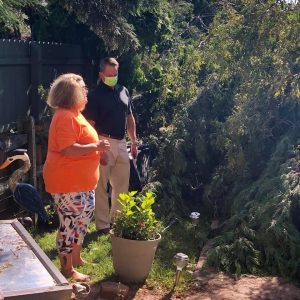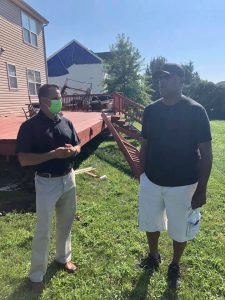Participating in National Insurer Climate Risk Disclosure Survey
Insurance Commissioner Trinidad Navarro has announced Delaware’s participation in the National Association of Insurance Commissioners’ Insurer Climate Risk Disclosure Survey, an effort to assess how the impacts of climate change will reverberate across the insurance industry. From investment practices, to increased claim occurrences impacting companies’ financial sturdiness, to insurance product accessibility for consumers, the changing environment means that insurance must be a changing industry.
Insurance departments throughout the United States are working to evaluate both risks to the industry, and its resiliency in responding to those challenges to ensure continued market stability through several mechanisms, including National Association of Insurance Commissioners’ (NAIC) Climate and Resiliency Task Force and the eight-section survey.
“In Delaware and across the country, residents are feeling the impacts of climate change, and relying on insurers to respond to the heightened risk of damage to our properties, businesses, homes, and lives. As natural disasters occur more frequently and with more intensity, the industry must be prepared to provide rapid response,” said Insurance Commissioner Trinidad Navarro. “The issues of affordability and access seen as a result of wildfires in the west and hurricanes in the south have served as ominous forewarnings of what may be to come in our own region, and through participating in the Climate Risk Disclosure Survey we can better understand how prepared Delaware insurers are for these events and what opportunities we have to protect residents from these effects.”
Eighty-two Delaware insurers that reported $100 million or more in 2020 premiums have been asked to respond to questions about their investment and risk management policies, processes to identify, assess, and reduce climate-related risks, actions taken to encourage policyholder mitigation efforts and engage key constituencies in climate-based discussions, as well as information about the company’s existing analysis of risk and their organization’s climate-related goals, such as reducing emissions.
Surveys are due August 31, 2021. In total, over 1,200 insurers will complete the Survey, representing more than 70% of the U.S. insurance market. The California Department of Insurance, who asked Delaware to participate in this year’s Survey, will compile the data of all participating states and issue a public report.
Responding insurers with survey-related questions can contact Special Deputy Frank Pyle.


